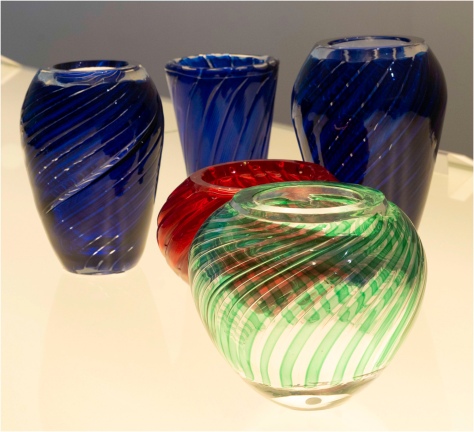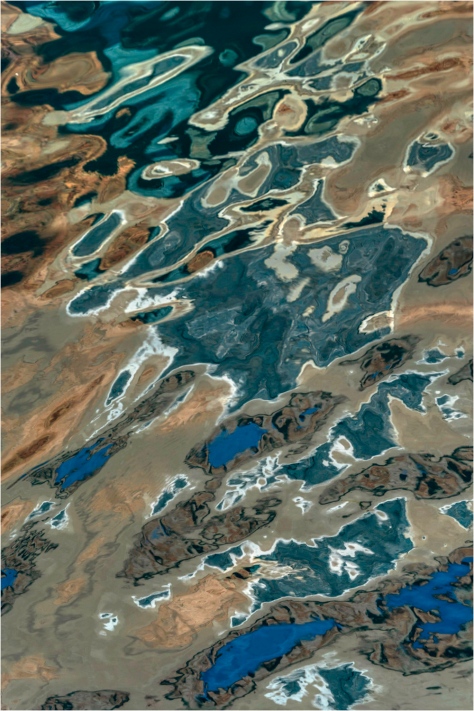The first three weeks of October 2018 were spent in three Italian cities: Florence, Rome and Venice, in that order. This was to be our first visit to Italy, and while I was familiar with many of the sites from photographs, I wanted to experience the richness and culture of the country and take my own photographs of what caught my eye.
Our plan was, once in Italy, to take the train from city to city. Our 24 hour journey began by driving from our home to Kamloops, flying to Vancouver (the flight was two hours late reaching Vancouver so we had to sprint to catch our connection to Munich, becoming the last passengers allowed on board), flying from Munich to Venice, taking a bus to the closest train station (Venezia Mestre), catching the high speed train to Florence and then walking to our hotel.
This is by no means a travel blog in the usual sense. Instead it is a selection of the approximately 1400 photos I took of scenes which caught my eye.
Firenze

The famous Ponte Vecchio is a two storey bridge crossing the Arno. The top floor of the bridge is a gallery but was also part of a secure route from the Palazzo Vecchio to Palazzo Pitti. The lower level is filled with shops designed to appeal to the thousands of tourists who daily stream over it.

Florence, like Rome and Venice, has many churches. This picturesque Baroque style one has an interesting history, being named after an early Christian Irish pilgrim, and having undergone redesign and rebuilding since the first church and adjacent convent were established on the site in the 1450s.

Hermaphroditus was the offspring of Hermes and Aphrodite and exhibited both male and female qualities as well as a mix of male and female body parts (e.g. female breasts, male genitalia). It is interesting that this mix of male and female was recognized in Greek mythology and accepted, yet many thousands of years later, humans who exhibit either such a mix, either physically or mentally, have to fight for common acceptance.

The Greeks made artistically stunning sculptures many of which were brought to Italy, after the Romans conquered the area, to adorn the villas of the wealthy. Their beauty also stimulated Roman sculptors who churned out copies or newer works influenced by the Greek artistry. The above piece is a copy, housed in the Uffuzi. The original is in the Vatican in Rome.

As soon as we walked around a street corner on a hot day and I saw this shady alcove with its umbrellaed restaurant and sporty car parked in front, I thought of an advertisement photo. A cool glass of wine from the Alto Adige, a tasty panini, and a place to rest one’s feet after walking all morning. Alas, we did not stop (it was a bit too early for lunch) but I did get the photo to remind me of what might have been.

Olives, cypress trees, houses of the wealthy and a fort with its watch tower – what more could one ask for in a countryside? This was taken from near the top of the gardens of the Pitti Palace which stretch up a steep hillside. Lesson: almost everything worth seeing in Florence is a steep climb from river level!

This part of Tuscany is very hilly. Yet the intercity Italian trains travel as fast as 250 km/h. How do they manage it? By drilling tunnels through the many hills, an impressive and no doubt very expensive feat.


Roma
Our time in Rome was made very special by the kindness and generosity of my friend Paola (www.chx.it), a talented artist and videographer whom I met in Iceland in 2015 when we were both part of a photo workshop with Tony Sweet. From the moment we arrived at Roma Termini, Rome’s main train station, Paola showed off her city to us, using her car to give us a quick overview, taking us on long walks along winding routes past major sites and through some of the less traveled back lanes, and introducing us to samples of the best food Roma has to offer.



As we walked along the Tiber’s bank, I saw this artist set up under a bridge and was struck by how perfectly the bridge’s arch could be made to enclose the scene. I moved carefully (there was garbage, leaves and dog poop strewn about – part of the lack of attention to cleanliness being practiced by the current city government) until I could get all the elements lined up just the way I wanted them. It was only afterwards that I noticed that, on the opposite bank, a graffiti artist’s work was also part of the scene.

During the day this photo is impossible. There are hundreds and hundreds of heads and selfie sticks blocking the scene. Rather than forcing our way to the front for photos, we returned at shortly after 6 AM one morning to find almost no one else there. The above is a handheld photo, because tripods are forbidden and, even that early in the morning, there was a police car, with two occupants, parked just to the left of this position to ensure that no tourist broke the rules!

Venice
Ah, Venice. What an astonishing place to get lost in (and I defy anyone except a long time resident of the city, to avoid getting lost numerous times!) and then to find ones way back to a familiar location. Our first full day here, we thought we were trapped in a very small closed universe, because no matter which direction in which we went after leaving our lodgings, 45 minutes later we would find ourselves right back there again! It took a number of days of exploration (and we often found ourselves exclaiming, “Where are we?” or “How did we end up here!”) before we memorized the routes to follow to get to the major sites. From there it was easy to explore the entire city, which we did, walking everywhere so that we could immerse ourselves in this wonderful city.
And what a place for photography.

It is mandatory to include some gondolas in at least one photo!









Murano








You must be logged in to post a comment.